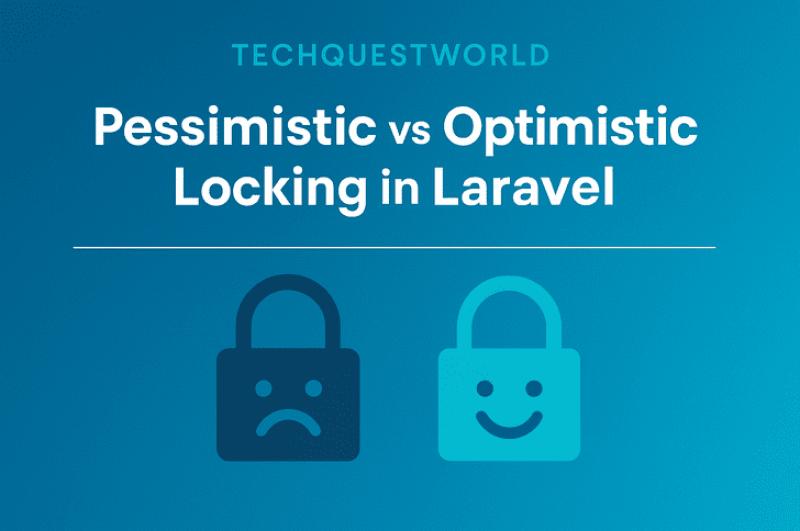Learn how to safeguard your Laravel applications from race conditions by applying the right concurrency strategy—pessimistic or optimistic locking, complete with real‑world code examples.
1. Why Concurrency Control Matters
Two people try to grab the last ticket for an event at the same moment. If the system doesn't handle this carefully, it might accidentally sell that one ticket to both users, causing confusion and overselling. That's where concurrency control steps in. By using techniques like pessimistic or optimistic locking, systems can manage simultaneous access and make sure only one of those transactions goes through, keeping the inventory accurate and the users happy.
2. What Is Pessimistic Locking?
Definition: Lock the record(s) early so other transactions must wait.
• Pros: Guarantees no conflict.
• Cons: Can slow down throughput and cause deadlocks under high load.
3. What Is Optimistic Locking?
Definition: Allow concurrent reads on update, verify the record hasn't changed with a version/timestamp.
• Pros: High throughput, less locking.
• Cons: May require retry logic if conflicts are detected.
4. Performance & Scalability Comparison
| Factor | Pessimistic | Optimistic |
|---|---|---|
| Write Contention | Handles safely but slower | Retries needed |
| Read Scalability | Readers may block | Near‑linear scaling |
| Deadlock Risk | Higher | None |
| Implementation Effort | Simple (built‑in SQL) | Needs version column |
5. Implementing Pessimistic Locking in Laravel
Laravel exposes MySQL/Postgres SELECT … FOR UPDATE via Eloquent:
Handling Deadlocks Gracefully
6. Implementing Optimistic Locking in Laravel
Laravel doesn't come with built-in optimistic locking, but implementing it yourself is pretty straightforward. You can simply use a version field or rely on the updated_at timestamp to detect conflicting updates before saving.
Migration
Model Trait
Usage
7. Testing Race Conditions
Use Laravel's parallel testing or php artisan tinker in two shells to simulate concurrent updates.
8. Best‑Practice Checklist
🔐 Use pessimistic locking for critical financial rows.
🚀 Prefer optimistic locking on high‑read tables.
🕒 Always set reasonable query timeouts.
🧪 Add integration tests for concurrency.
Picking the right locking strategy is context‑dependent. Pessimistic locking is bulletproof but can reduce throughput. Optimistic locking scales well but needs conflict‑handling code.





